Lo Standard di Lavoro del Bracco Italiano – SABI 01.04.2011 ![]()
L’ andatura è di trotto lungo e veloce, ammessa qualche fase di galoppo, giustificata da situazioni oggettive.
Ma l’andatura di rigore, quando affronta il quesito olfattivo, è di trotto.

E’ un’andatura vivace e redditizia che si svolge in diagonali quasi sempre rettilinee di un centinaio di metri di lunghezza ed anche più, ben spaziate e comunque con cerca ed azione sempre adeguate al terreno da battere.
É evidente che in lui la preoccupazione del compito olfattivo è in primissimo piano e la cerca diligente è allietata da un moto trasversale quasi continuo della coda.
Il portamento sarà ben eretto, con collo poco proteso, per avere alta la testa.




Entrando in un lieve effluvio, il Bracco Italiano rallenta gradatamente l’andatura e rimonta verso l’origine presunta con grande prudenza, testa alta come sopra descritto, senza altra manifestazione se si eccettuano le orecchie erette al massimo e la coda immobile, un po’ cadente.
Accortosi che si tratta d’un falso allarme, senz’altro prosegue, riprendendo il portamento e l’andatura abituale.



Se per contro s’avvede che l’effluvio porta al selvatico, rallenta sempre maggiormente, così che gli ultimi passi sono lentissimi, tastando spesso con la zampa prima di posarla, come per tema di far rumore.
Quando ferma irrigidisce la coda, risollevandola.
Questa in ferma ed in cerca é portata orizzontale o leggermente più bassa o leggermente più alta.



Il portamento nell’assieme è nobile, imponente, vigile, ma calmo, ben eretto e lievemente proteso in avanti, il collo un po’ montante e la testa eretta, con canna nasale rivolta verso il basso.

Se durante la cerca taglia una zona d’effluvio che lo rende certo della presenza del selvatico, rallenta immediatamente e – prendendo nel portamento generale un atteggiamento simile a quello della ferma, solo con il collo un po’ più proteso e la coda un po’ più bassa – compie la “filata” a rallentamento graduale sopra descritta, seguendo la retta che lo unisce al selvatico.
Talvolta questa filata è preceduta da un breve arresto, ma ciò non è desiderabile.



Quando poi si sente d’improvviso a ridosso del selvatico ferma di scatto, restandosene il più delle volte eretto, o con gli arti un po’ flessi e la testa rivolta verso il selvatico.
Eccezionalmente s’accoscia in pose contorte.





Quando il selvatico tenta di mettersi in salvo pedinando, il Bracco Italiano lo “guida” a vento, dominando sull’emanazione diretta, mettendosi in moto gradualmente; e così procede con la massima cautela, mantenendosi sempre nella tensione della ferma. Egli ripete insomma l’azione della filata, prudente, ma decisa, senza tentennamenti.



E’ evidente che, dominando sull’emanazione e mantenendosi il più possibile a distanza costante, condiziona il suo avanzare a quello del selvatico. E quando questo, favorito da speciali condizioni di terreno, si abbandona a fughe precipitose, sa dimostrare che la somma prudenza che lo caratterizza non gli impedisce di essere inseguitore tenace e serrato. In questo caso, sentendosi eventualmente d’improvviso a ridosso del fuggitivo, può venire a ritrovarsi nella circostanza di dover fermare bruscamente.




Tra le caratteristiche del Bracco Italiano vi è pure quella di avere un ottimo collegamento con il conduttore.



La sua natura calma e riflessiva si presta inoltre a condizionare il lavoro alle più varie circostanze, così che può restringere le azioni sopra descritte, corrispondenti alle migliori condizioni dl selvaggina e d’ambiente, in una cornice più ristretta che sia imposta da momentanee necessità.
Particolarmente versatile, si trova a proprio agio con qualunque tipo di selvaggina ed in qualunque terreno.





Per natura è anche un ottimo recuperatore e riportatore.













The Pastrone (or working) Standard 1937 ![]()
The gait is a trot, long and brisk.
Brief periods of galloping are tolerated when re-crossing previously covered ground, at the beginning of the hunt or in cases where the dog encounters a new situation. Above all, the rule when working scent is the trot, this is a lively movement that covers the ground well.

The dog during the hunt should quarter at distances of 100 metres or more from the handler and the spacing of its cast should reflect the terrain, wind and scenting conditions. These actions confirm that the dog is hunting correctly.
It is evident that in the Bracco Italiano (as with the other trotters) the preoccupation with the scent is of prime importance. Unlike the lightening reaction of the great gallopers, the Italian Bracchi treat the process as a complex mental action, this is easily read in his expression, which is one of thought. The hunt is extremely diligent and enjoyed by the dog with its tail carried horizontally or slightly higher, constantly moving rhythmically from side to side as the dog moves (not rapidly as with the spaniel).
The neck should be a little extended in order to hold the head high with the nose angled acutely from the horizontal.




Upon detecting scent the dog gradually slows and returns extremely prudently towards its presumed origin, head held high as described above, its ears cocked and tail motionless and slightly lowered. If the dog realises that it is on residual (old) scent then he should resume the hunt as before.



If however he decides that the scent is leading him closer to game he should slow and his final steps should be very slow often gently feeling the ground with his paw before putting his weight on it as if afraid to make a noise.
When pointing, his tail may be horizontal, slightly raised, or slightly lowered but always motionless.



The over all deportment of the dog is noble, imposing, alert but calm, erect and slightly forward balanced. The neckline should be a little raised and the head carried up with the nose decisively towards the ground (approx. 30 degrees from the horizontal).

If while hunting he encounters scent which indicates that game is very close he will immediately slow and take up a posture similar to when standing still, only with his neckline a little more pronounced and the tail a little lower. He and will then gradually take up the behaviour described in the previous paragraphs following the scent, which brings him into contact with the game. Sometimes this movement is preceded by an undesirable short stop.



A dog that senses he is suddenly upon the game (and only in this case) will stop immediately. He will stay, more often than not, upright, or with the limbs a little flexed with the head turned down towards the game. Exceptionally the dog may halt in a contorted or twisted pose.





If the game attempts to escape along the ground while being hunted, the dog should guide it to the wind by its own physical movement, exercising caution not to disturb where possible dry branches or noisy leaves while maintaining contact with it.



While the game is moving the dog should track it without slowing or stopping unnecessarily demonstrating that all its described characteristics do not prevent it from being a tenacious tracker. It maybe that in these circumstances a dog may come to an abrupt halt should it suddenly encounter game which has, in an attempt to escape, turned back after encountering an obstacle.




A characteristic of the Bracco (and the other continentals) is that it should have complete contact with its handler, which the dog should always maintain.



The dogs’ calm and reflective nature is ideal to train for work in all conditions whether in open country or more dense areas where a tighter working pattern is desirable.





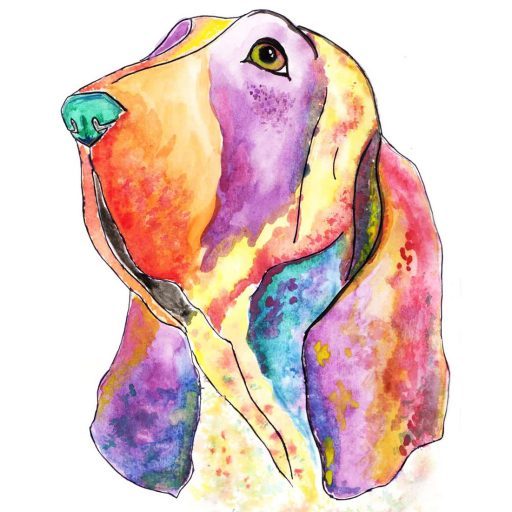

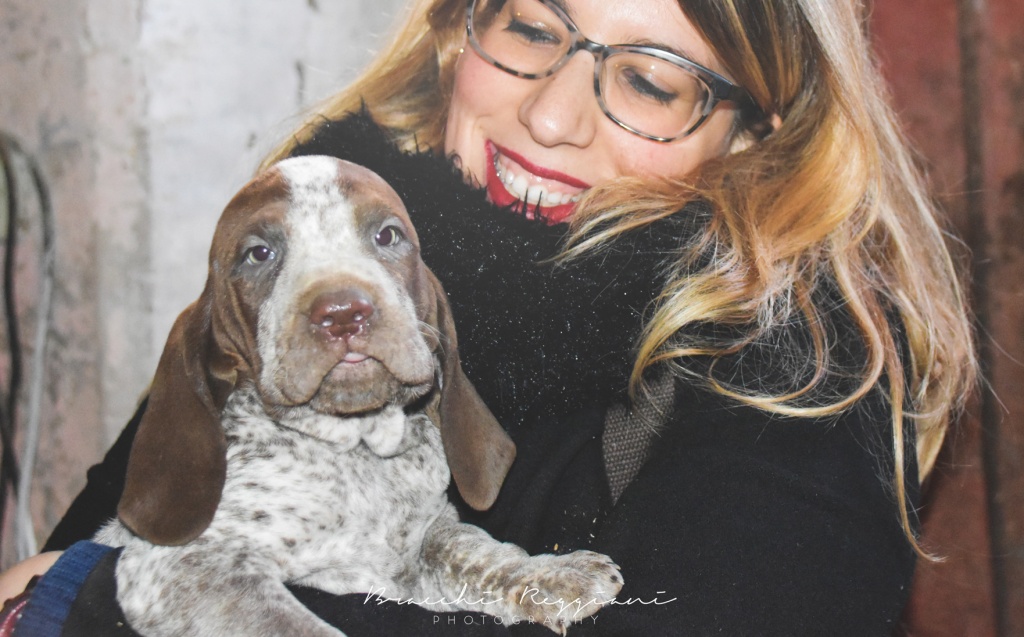
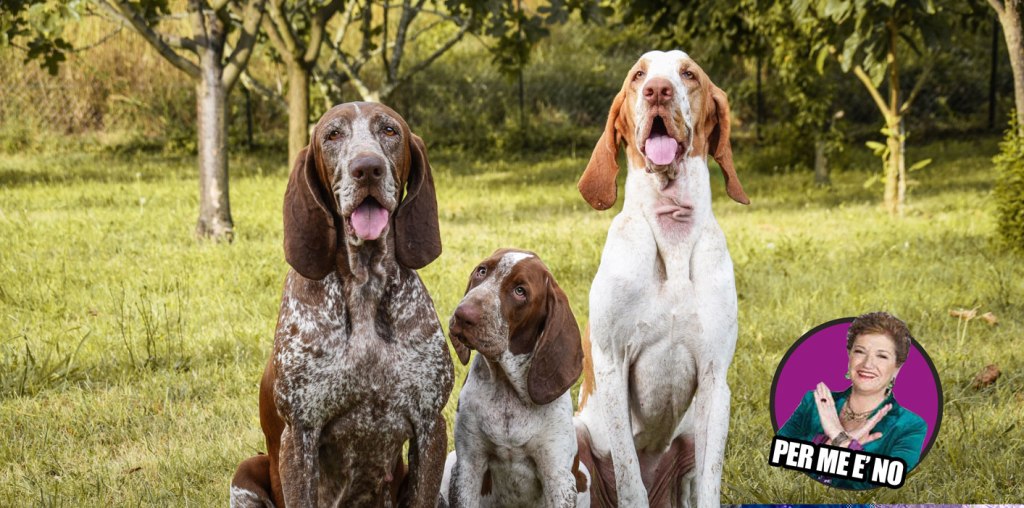
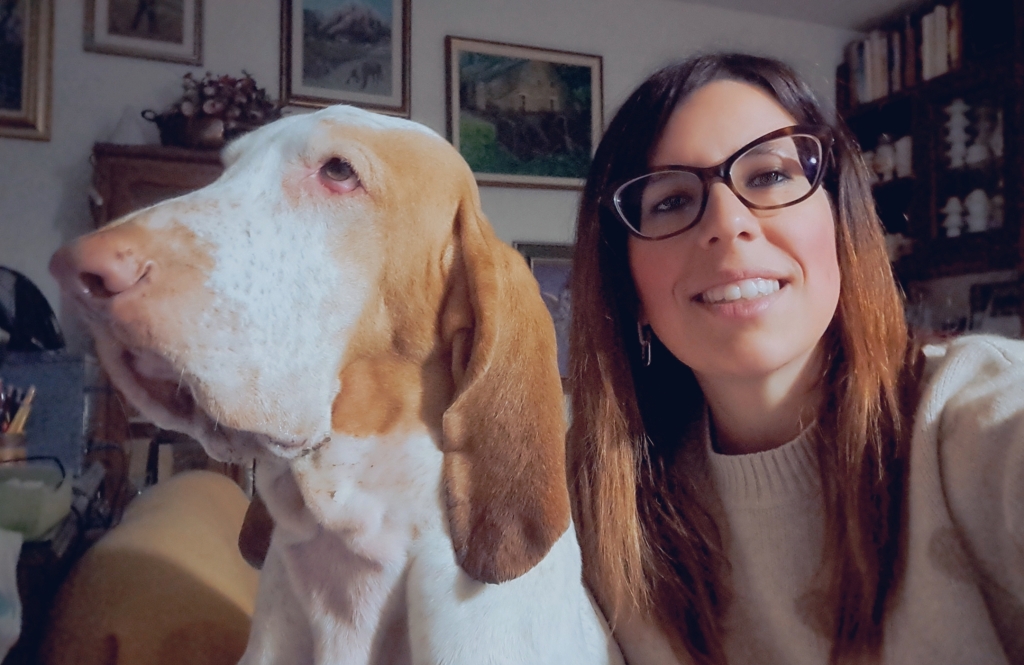
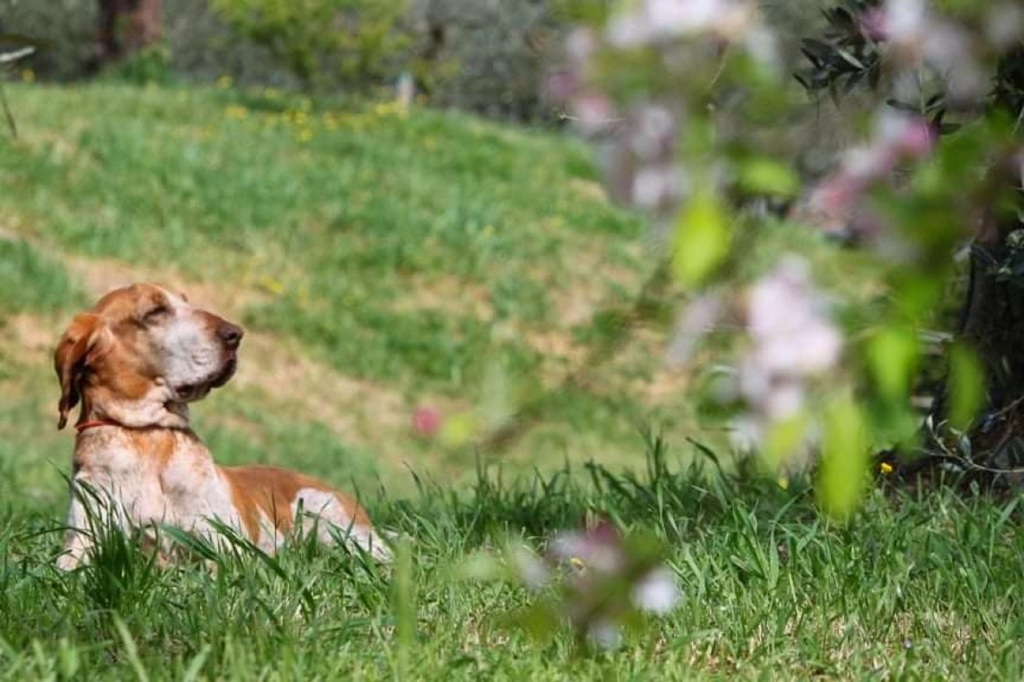

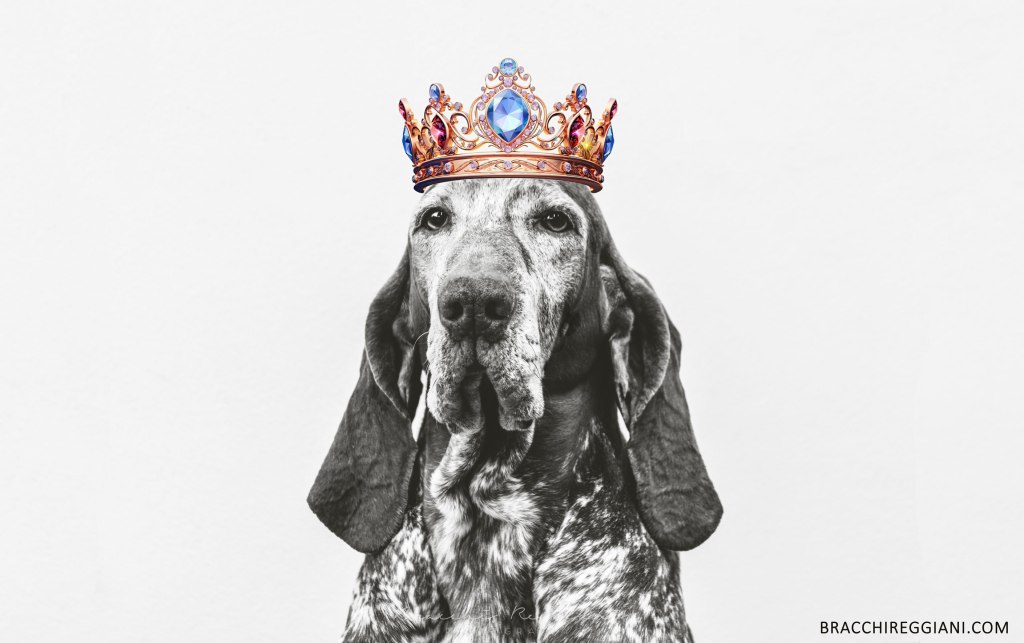


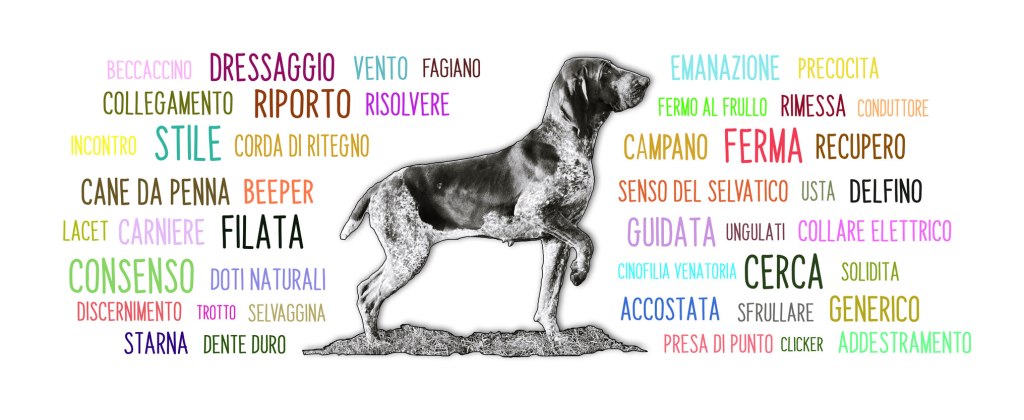
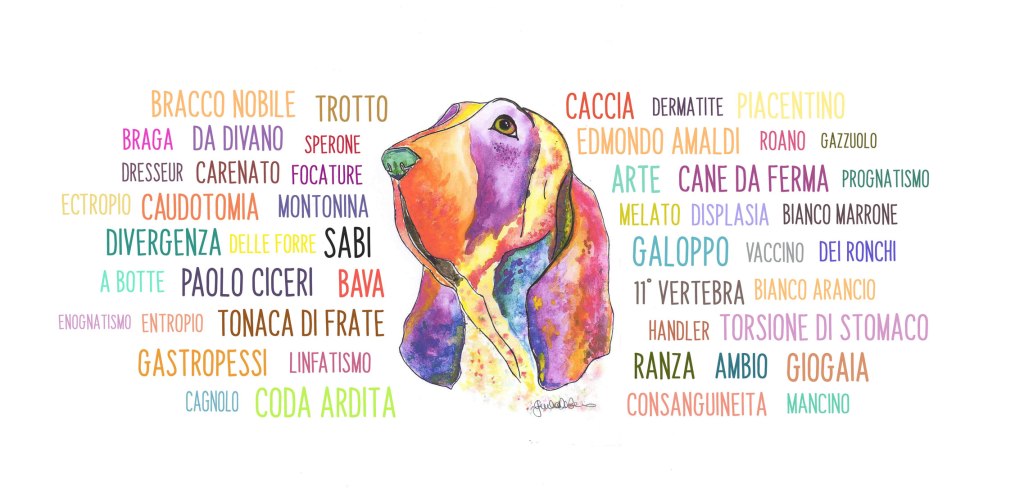

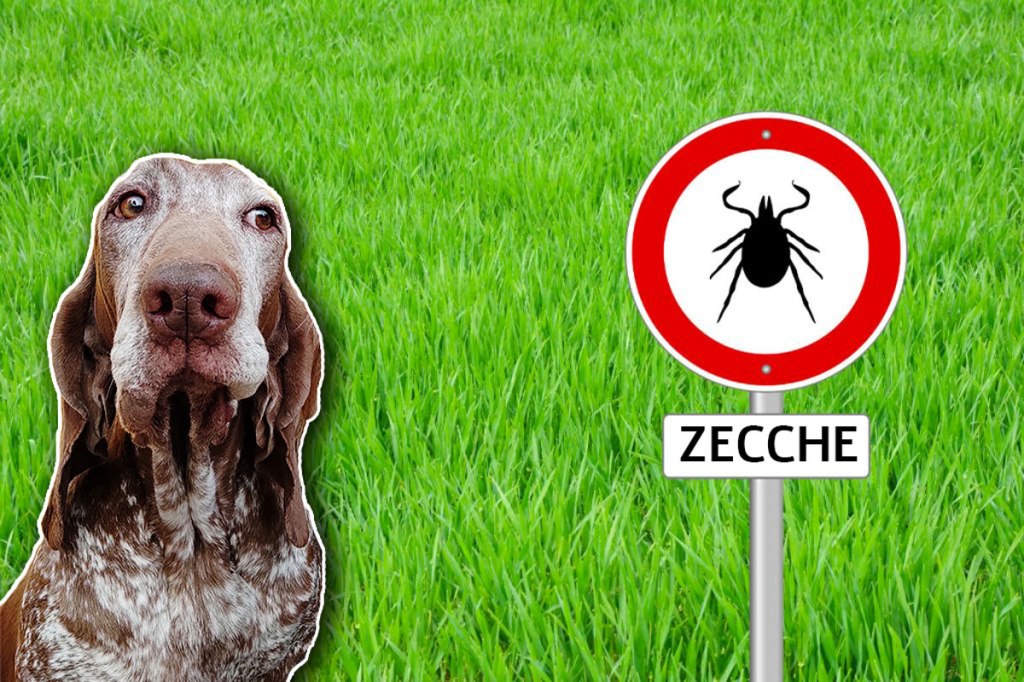
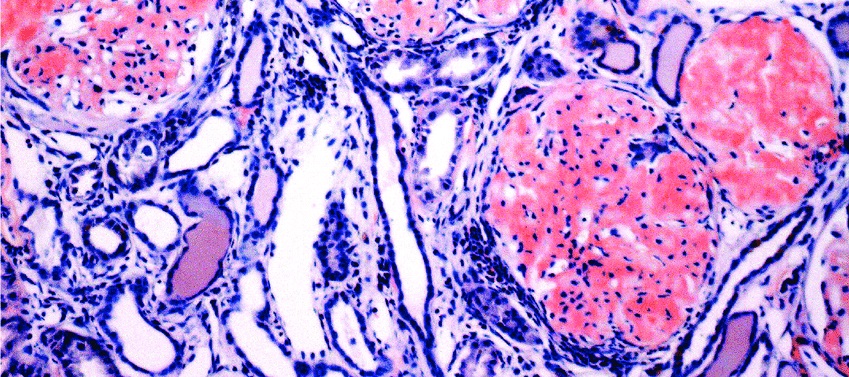

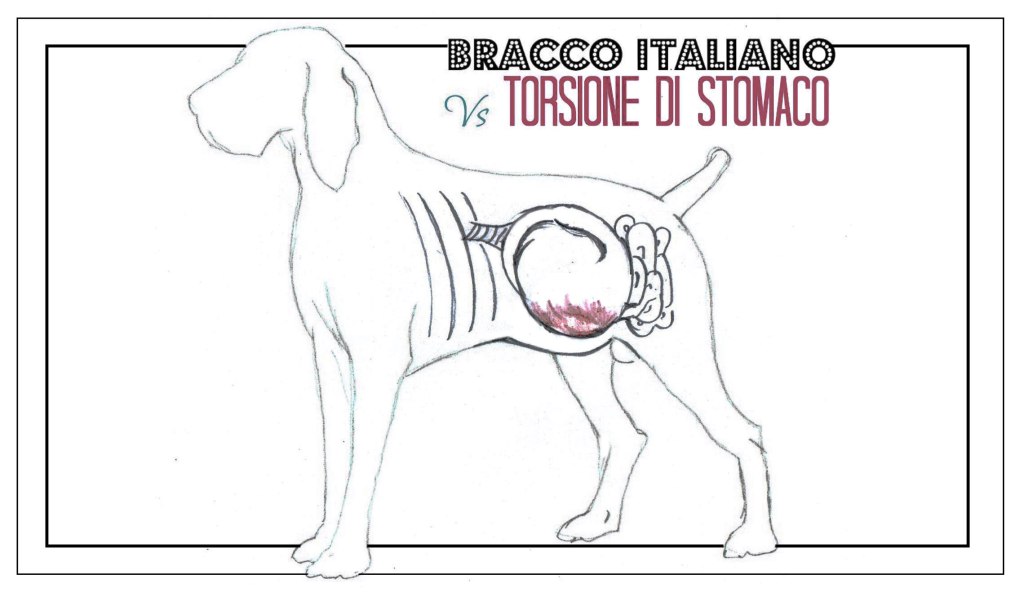
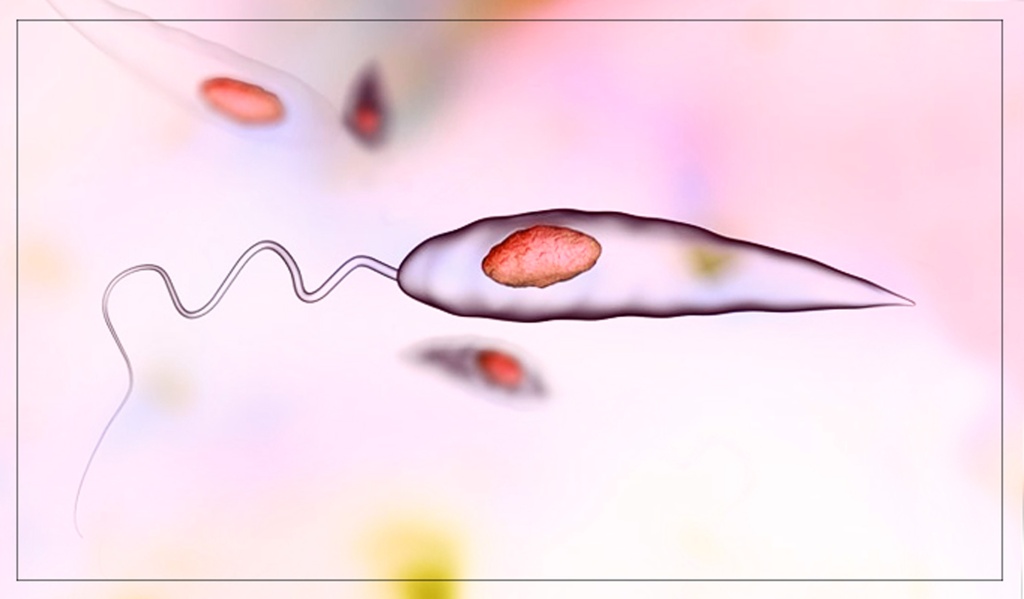

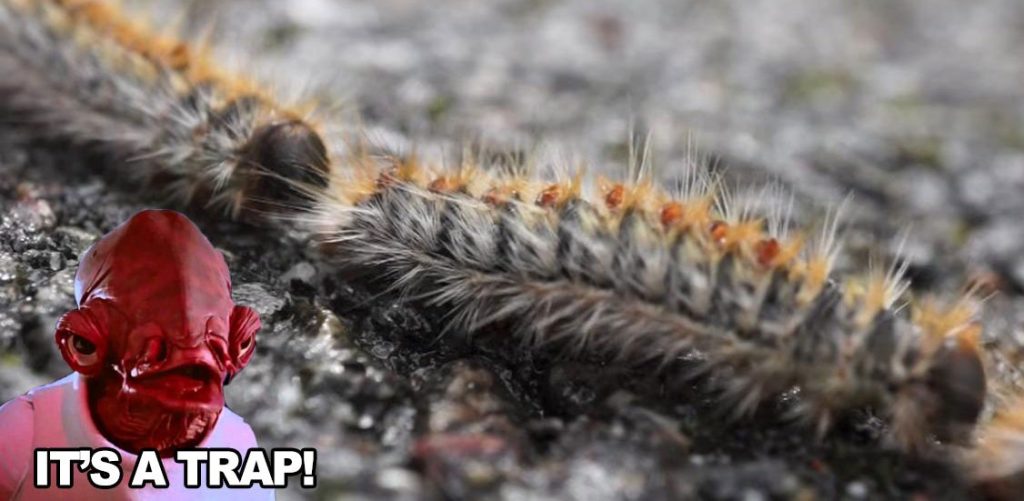
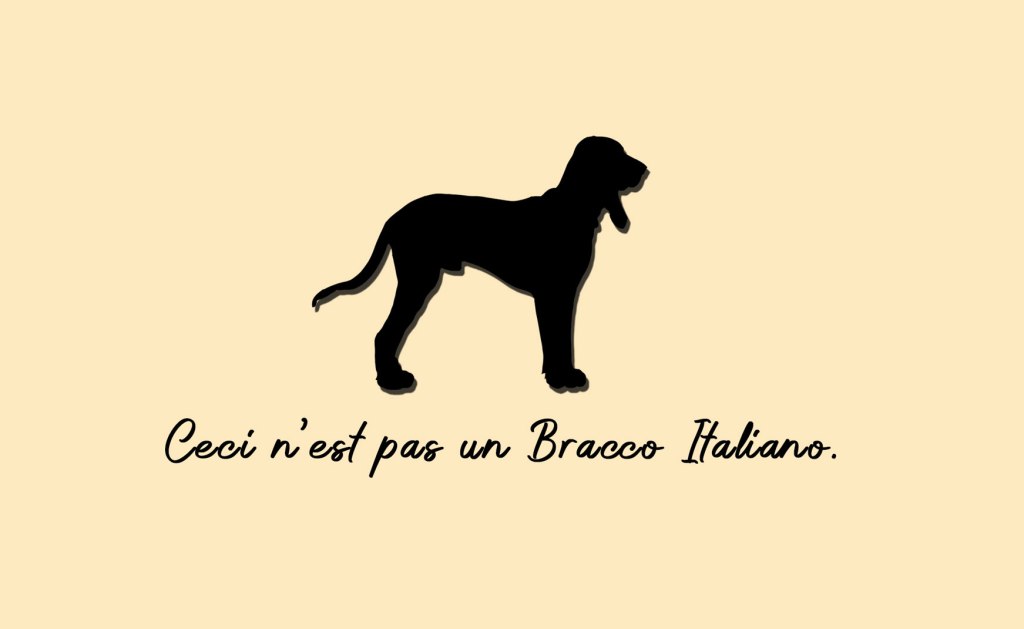
Commenti